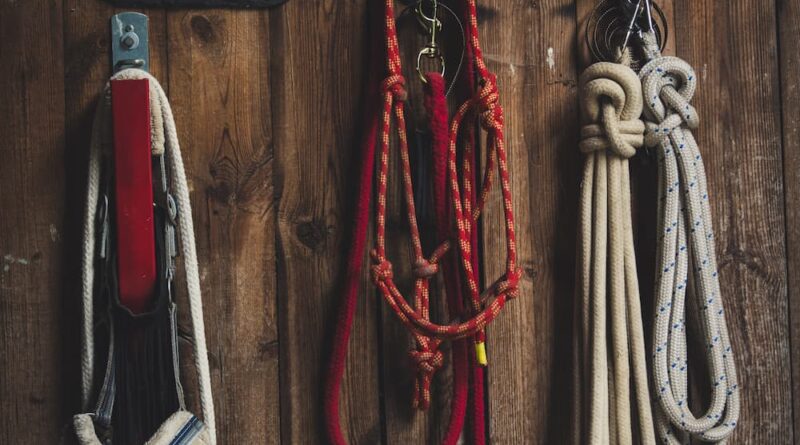A bit of history
The history of horse racing seems to be as old as the history of the world. Very impressive and dangerous were the Roman chariot races, which attracted hundreds of enthusiastic spectators in the amphitheaters. The best charioteers were Roman heroes, who enjoyed celebrity status in those days. The ancient Romans admired horses so much that they even carved their giant figures in the hills of southern England.
For centuries, the Arabian Peninsula has been a stage of energetic spectacle, in which ancient Arabian horses, thoroughbred and the oldest horse breed in the world, covered vast distances in the deserts of this peninsula. In the 17th and 18th, Arabian horses were imported to Britain, where they were crossed with English nags, and the English thoroughbred horse breed was born, which is synonymous with racing.
What horse racing means to the British is hard to describe in words. The truth is, however, that sports betting began with horse racing, which became a professional sport in the early 18th century under the government of Queen Anne of England. Horse racing plays a huge role in British social life and culture today.
An exceptional microclimate is created at the racetrack during the race, and now more than 5 million people come to watch the races in the UK every year. Over the past ten years, about £ 2 million has been generated annually for charities on special days.
In terms of demographics, not numbers, horse racing, not football, deserves to be called the UK’s national sport. It is because of the more or less equal proportions of each major social group and the significantly greater ratio of women than in any other sport.

